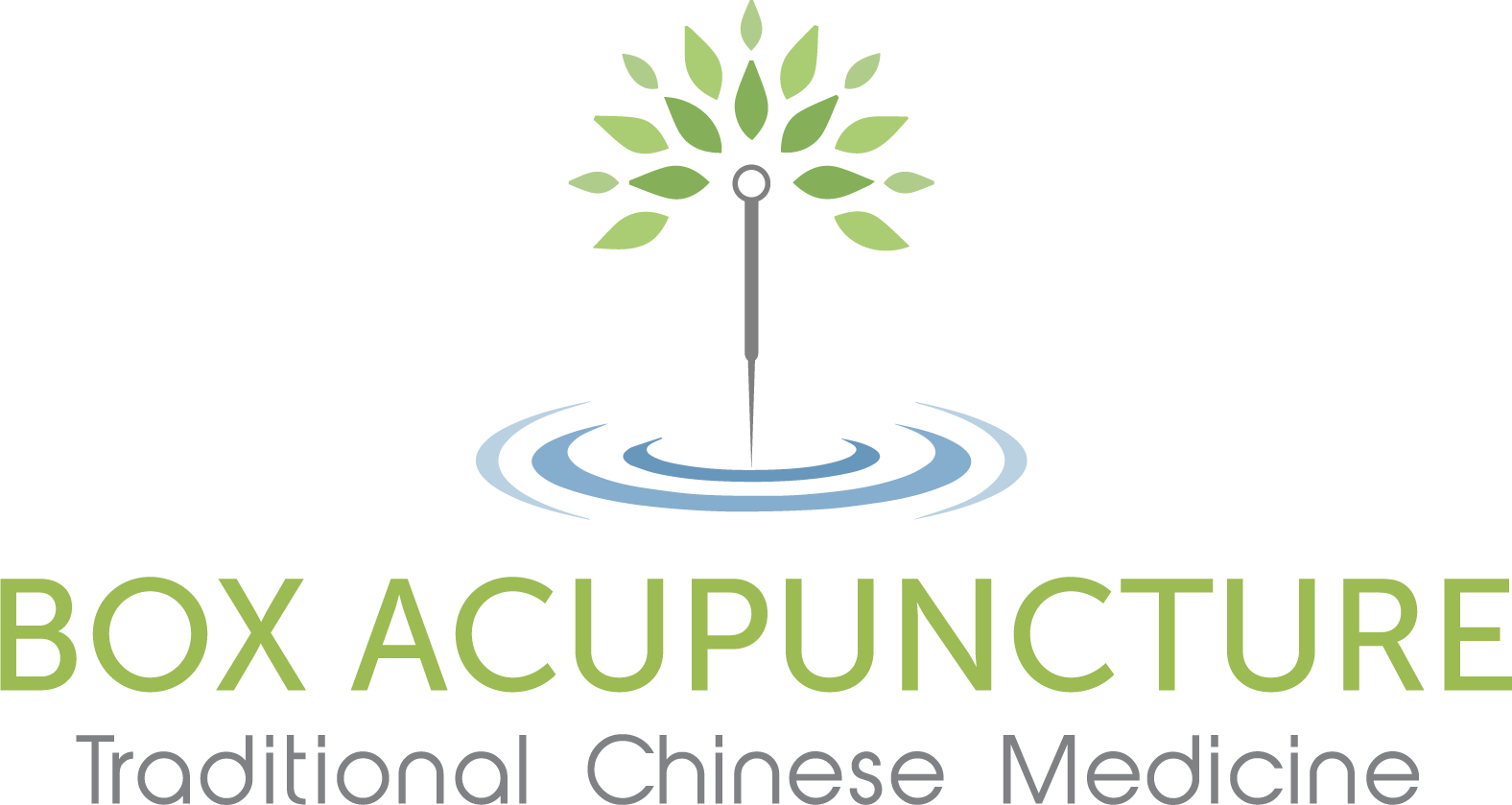Iliacus (Hip and Low Back Pain)
Iliacus and Internal Hip Muscles - Credit -Anatomy.app
Iliacus Muscle Dysfunction: How Acupuncture, Cupping, and Dry Needling Can Help
When it comes to persistent hip flexor tightness, lower back pain, or even unexplained groin discomfort, the iliacus muscle often flies under the radar. This deep, powerful muscle plays a crucial role in hip flexion and pelvic stability, yet it rarely gets the attention it deserves until it starts causing problems. Understanding how the iliacus contributes to these issues—and how therapies like acupuncture, cupping, and dry needling can help—can be the key to long-lasting relief.
What Is the Iliacus?
The iliacus is part of the iliopsoas complex, which includes the psoas major and minor. While the psoas often steals the spotlight, the iliacus is equally important. It originates from the inner surface of the pelvis (iliac fossa) and merges with the psoas to insert on the femur, allowing for:
Hip Flexion: Lifting the thigh toward the torso
Pelvic Stability: Supporting proper posture and spinal alignment
Trunk Movement: Assisting with bending and rotational movements
When the iliacus becomes tight, overworked, or dysfunctional, it can create a ripple effect of discomfort throughout the body.
Common Conditions Related to Iliacus Dysfunction
Tightness or trigger points in the iliacus can mimic or contribute to several musculoskeletal issues, including:
Lower Back Pain: The iliacus attaches to the pelvis, and when it's tight, it can tilt the pelvis forward, increasing stress on the lumbar spine.
Hip Flexor Strain: Chronic tightness leads to reduced hip mobility and compensatory strain on other muscles.
Groin Pain: Iliacus dysfunction can cause deep, aching discomfort in the groin area, often mistaken for hip joint issues.
Pelvic Tilt and Postural Imbalance: Tight iliacus muscles can pull the pelvis into an anterior tilt, affecting overall posture and leading to secondary pain patterns.
Referred Pain: Trigger points in the iliacus can refer pain to the lower back, front of the hip, and even down the thigh.
How Acupuncture, Cupping Therapy, and Dry Needling Can Help
Treating iliacus-related conditions requires more than just stretching or foam rolling—especially because of its deep location. This is where an integrative approach combining acupuncture, cupping therapy, and dry needling can make a significant difference.
1. Acupuncture: Addressing the Root Cause
Acupuncture does more than relieve surface-level tension. It helps regulate the body's systems to address both the symptoms and the underlying causes:
Targeted Needling: By accessing specific points related to the iliacus and surrounding hip flexors, acupuncture reduces muscle tension and promotes healing.
Nervous System Modulation: Acupuncture helps calm the nervous system, reducing pain sensitivity and improving muscle relaxation.
Improved Circulation: Needling increases blood flow to the deep pelvic muscles, enhancing nutrient delivery and waste removal.
2. Cupping Therapy: Fascial Release and Improved Mobility
Cupping therapy might not seem like the obvious choice for a deep muscle like the iliacus, but its benefits go beyond the surface:
Myofascial Decompression: Cupping helps release fascial restrictions that contribute to iliacus tightness and dysfunction.
Enhanced Circulation: The suction effect promotes better blood flow, reducing inflammation and encouraging tissue repair.
Indirect Iliacus Relief: By targeting surrounding muscles (like the hip flexors and lower back), cupping indirectly reduces strain on the iliacus.
3. Dry Needling: Precision Trigger Point Release
Dry needling is particularly effective for iliacus dysfunction because it allows us to reach deep-seated trigger points that manual therapy can't access:
Direct Trigger Point Inactivation: Needles are inserted into the iliacus (with careful technique), eliciting a twitch response that helps release tight muscle fibers.
Deep Tissue Access: Unlike massage, dry needling reaches the deep pelvic muscles, providing effective relief for chronic tension.
Quick Pain Reduction: Many patients notice improved hip mobility and reduced pain shortly after treatment.
The Power of a Combined Approach
While each therapy offers unique benefits, the real magic happens when they're combined:
Acupuncture helps balance the body's energy and reduce systemic inflammation.
Cupping Therapy releases superficial fascial restrictions, enhancing blood flow and tissue health.
Dry Needling targets deep trigger points, addressing the muscle tension at its core.
This integrative approach not only alleviates pain but also improves mobility, posture, and overall function.
When to Seek Treatment
If you’re dealing with chronic hip flexor tightness, lower back discomfort, or unexplained groin pain, don’t ignore the possibility of iliacus dysfunction. Early intervention can prevent long-term issues and help restore proper movement patterns.
Schedule Your Appointment Today
At Box Acupuncture, our licensed acupuncturists specialize in treating musculoskeletal conditions like iliacus dysfunction. We’ll create a personalized treatment plan that addresses your specific needs.
Book your appointment today and take the first step toward pain-free movement and lasting relief.

